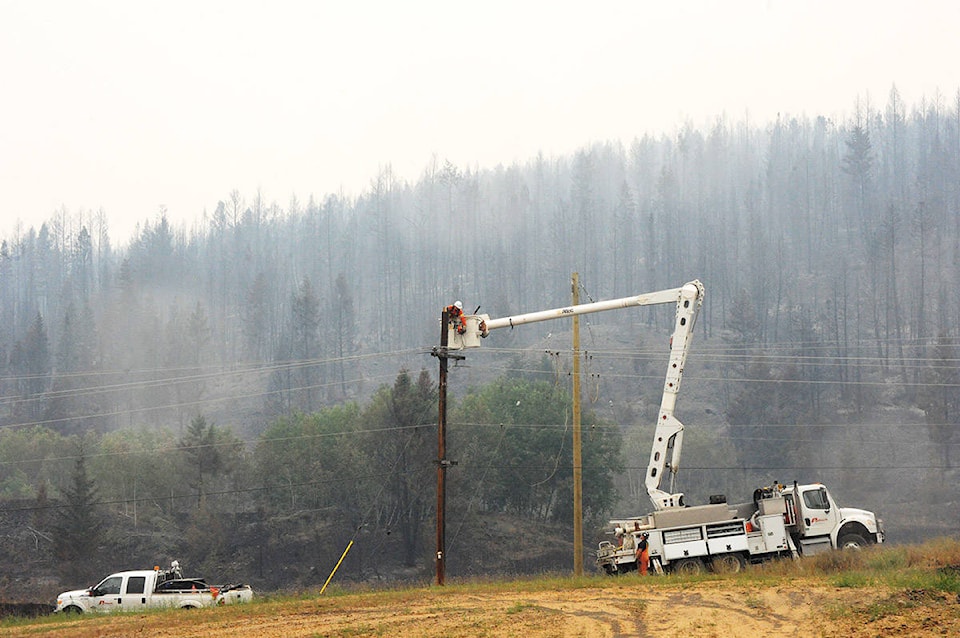On Nov. 22 author Ed Struzik was interviewed in the media recently about his new book (Firestorm, How Wild Fires Will Shape our Future).
He concludes we need to have a radically different approach to managing our forests to reduce the impact of future wildfires and he suggests we learn from the traditional first nations approach to using periodic fires to reduce fuel accumulations and enhance timber, wild life and recreation values.
During the interview he describes how the mega fires have become much more frequent and behave in ways never witnessed before. The intense heat from the dry timber are creating smoke that extends much higher into the atmosphere and travels around the world similar to the volcanic smoke and ash.
He recounts the events of the Fort McMurray wildfire and how local firefighters described how the intense heat and huge smoke cloud produced its own fire storm.
On a clear day super heated smoke clouds created lightning which spread the fire ahead for several kilometres.
Most of us are aware of the health concerns caused by the smoke from the fires this summer but Mr. Struzik warns us that some industrial areas have created a potential danger from wildfire smoke that could have unprecedented health consequences.
The first example is from trees contaminated by an old asbestos mine near Libby Montana.
What started as a concern about contamination of fire wood for locals turned into a major concern about dealing with a potential wild fire in the area surrounding the 1911 mine.
It turns out the trees surrounding the old mine have been contaminated by micro asbestos fibres.
These fibres are not destroyed in a fire but would be released with the smoke and could be a major danger to anyone breathing in the contaminated air.
Some local fire fighters have already expressed concerns about how to fight such a fire if it occurs. They are monitoring the area closely in an attempt to keep any fires from becoming any significant size.
Any amount of airborn asbestos fibres should be treated seriously as there are examples where people have developed lung cancer from minor exposures to asbestos fibres.
Closer to home is the potential danger from arsenic used in old gold mining operations. Adjacent forests to mining operations may take up arsenic which could be released with smoke during a wild fire. Initial research shows significant levels of arsenic 20 kilometres from the old mine sites in the Yellow Knife NWT area.
On a more positive note Struzik also discusses some of his work following the fires and the many positive impacts of forest fires. The many insects that move in to breakdown the dead timber also attracts a variety of birds and animals that benefit from the fires.
Grazing animals along with bears also find more food resources in the lush growth following the burns relative to a more mature forest.
From an industrial and environmental point of view the challenge is to create an environment following fires that allows for the utilization of some of the woody material rather than burning all of it.
Jim Hilton is a professional agrologist and forester who has lived and worked in the Cariboo Chilcotin for the past 40 years. Now retired, Hilton still volunteers his skills with local community forests organizations.
